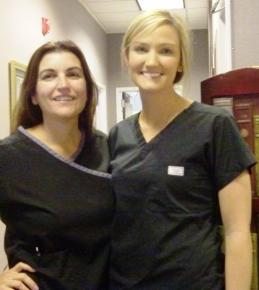 The below question is answered by The Center For Natural Breast Reconstruction team:
The below question is answered by The Center For Natural Breast Reconstruction team:
What are the options for reconstruction surgery after a bilateral lumpectomy?
Great question! Your options would be very similar to those you would have if you had a mastectomy. Keep in mind that if your lumpectomy was followed by radiation, the behavior of the radiated skin and tissue can complicate a reconstruction procedure utilizing implants and your best option may be to use your own tissue to restore your breast size and shape. Nonetheless, it’s your plastic surgeon’s responsibility to tell you all of the options available to you and let you choose how to proceed. Also, discuss with your surgeon any procedure that may need to be done on your unaffected breast to achieve symmetry.
Here’s my short list of options:
1. Tissue expanders and subsequent replacement with permanent implants. Ask about silicone vs. saline implants. How about the use of a skin and tissue replacement like fat or a dermal matrix (like Alloderm)?
2. Autologeous reconstruction with latissimus flap (back). Will implants be needed, as well?
3. TRAM flap (transverse rectus abdominus muscle). Uses the muscle, skin, and fat of the abdomen to rebuild the breast. Make sure you have been told of the risks involved in removing this muscle.
4. DIEP, SIEA (deep inferior epigastric perforator or superficial inferior epigastric artery). Uses the skin and fat of the abdomen to rebuild the breast but leaves the muscle of the abdomen intact.
5. GAP (gluteal artery perforator). Uses the skin and fat from the upper (inferior) or lower (superior) buttocks. Like the DIEP, no muscle is removed for this procedure.
6. TUG (transverse upper gracilis). Inner thigh donor area, utilizes skin, fat, and muscle of the upper inner thigh.
7. Intercostal perforator. Utilizes skin and fat from under the arm.
8. Maybe you’re happy with the size of your post-lumpectomy breast but would like the shape addressed. Procedures such as mastopexy or reduction mammaplasty on the unaffected breast may be the procedures to investigate.
9. If it’s a small defect, a simple fat transfer from another part of your body may remedy the problem.
Best Wishes,
The Center for Natural Breast Reconstruction Team













